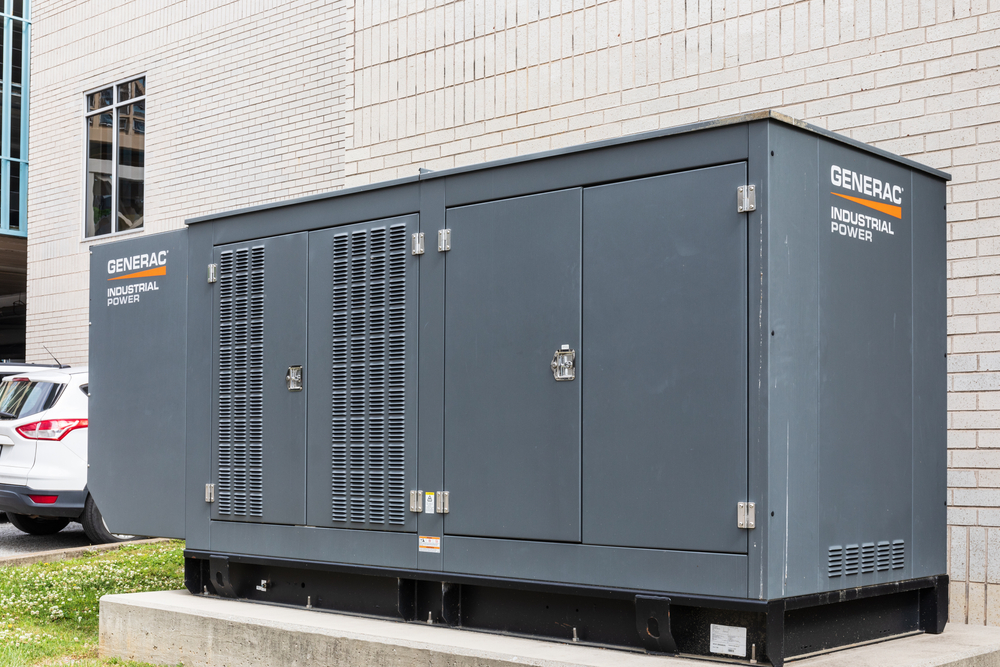Generators are a vital part of any business’s infrastructure. They provide power during emergencies such as storms and other disruptions. But how much generator capacity do you need? The answer is determined by full load capacity or the maximum demand for your electrical equipment and appliances–and this guide will help explain it all!
There are a few ways to find your Full Load Capacity. The most common is probably by contacting your local power company and asking for a “demand rate.” This is the highest level of power you are allowed to use during any given month, and is usually specified in kilowatts (kW).
If you don’t want to go that route here are a couple other ways you can estimate your full load capacity.
Manually Measure Full Load Capacity
Take measurements of the electrical service’s full load current during peak usage to estimate the required generator capacity. This will tell you how much power is needed in kilowatts (kW). Add the power requirements for each emergency safety system according to articles 700, 701, 702 and 708 of the National Electrical Code, then multiply by 1,000 to get kW. To ensure that you have enough power for full capacity, add the reserve capacity to the kW required. Below are some calculations to help you determine what sizes you need.
Full Load Kilowatts = Total Amps x Supply Voltage / 1,000
Reserve Capacity = Full Load Kilowatts x 0.25
For 100 percent power, generator size = Full Load Kilowatts + Reserve Capacity
Check Peak Demand
By looking at your monthly bills, you can find your maximum power usage and then use that information to calculate your full load capacity. Most companies will include your peak demand on your monthly bill. To find your full load capacity, add 25 percent for reserve capacity and then you’re good to go!
Sum Up Watts Used by Extensive Motor Use
Find the starting current needed for the largest motor to turn on and off at your commercial building and multiply it by the voltage to get the total number of watts. For all other motors and loads, the current multiplied by the voltage will provide the necessary watts. To find the total power required, sum together the watts from the largest motor and all remaining motors and loads. Add 25% for reserve/surge capacity before sizing the generator.
Measuring Square Footage for Generator size
In retail applications, square footage is the most frequently used method for determining generator size. This is because the size of the store or restaurant will have a direct impact on the amount of power that is needed to run the business. For example, a grocery store will need more power than a convenience store. For retail application 50 kilowatts + 10 watts per square foot is recommended.
For other commercial applications, such as office buildings or warehouses, 50 kilowatts + 5 watts per square foot is recommended. This is because these types of buildings typically have more equipment that needs to be powered, such as computers and lights.
When measuring square footage, it is important to include the entire area that the generator will need to power. This includes any outdoor areas, such as parking lots or sidewalks. It is also important to factor in any future expansion plans, as this will impact the size of the generator that is needed.
If you are looking for a generator for your commercial or residential property in Spartanburg, SC, get a free quote from Generac. Contact here

